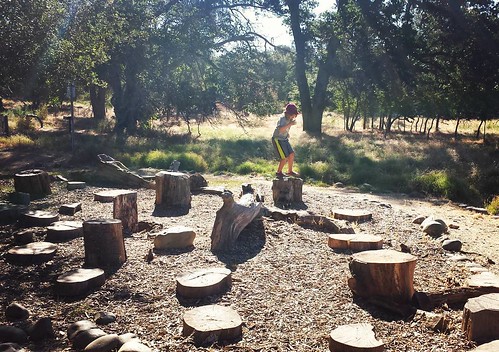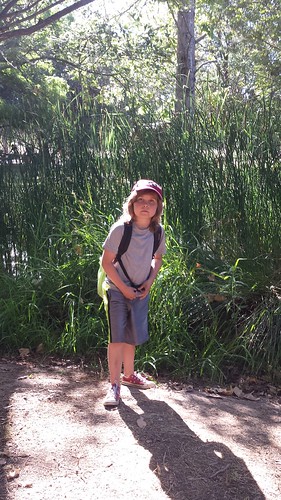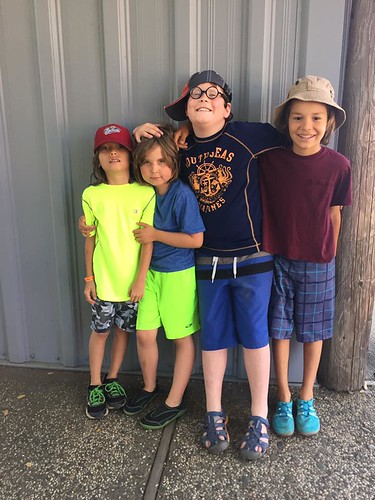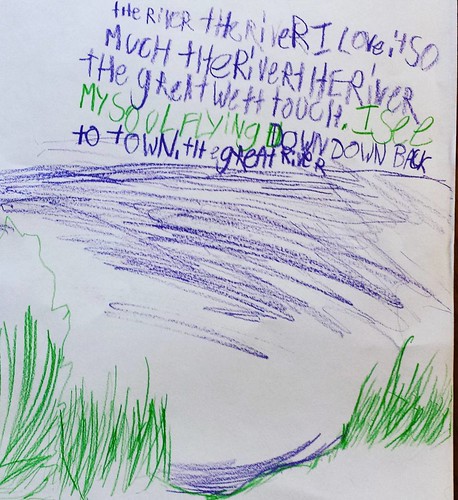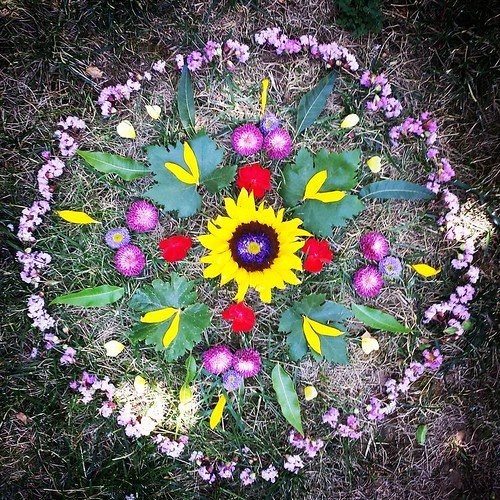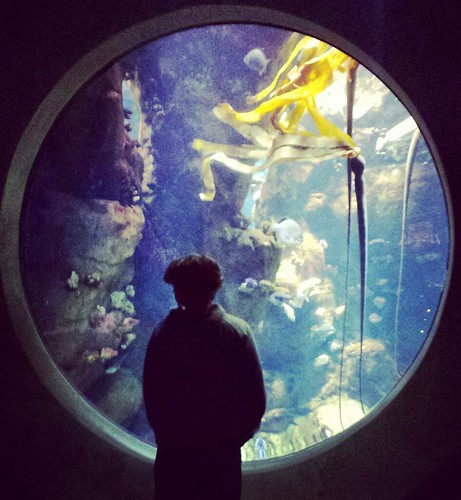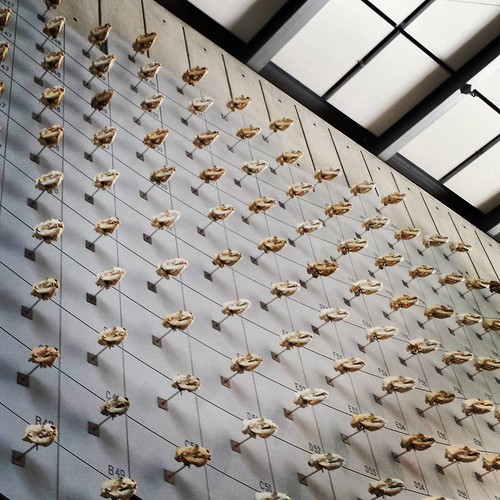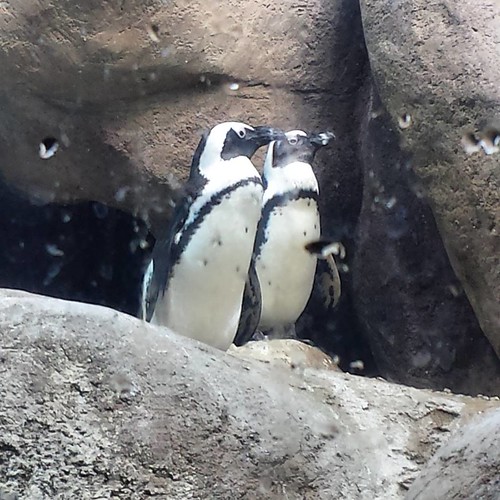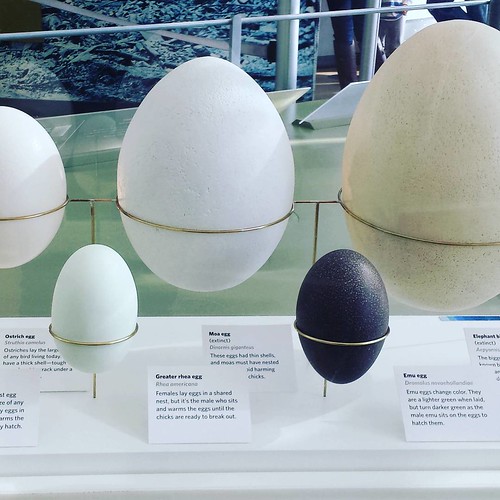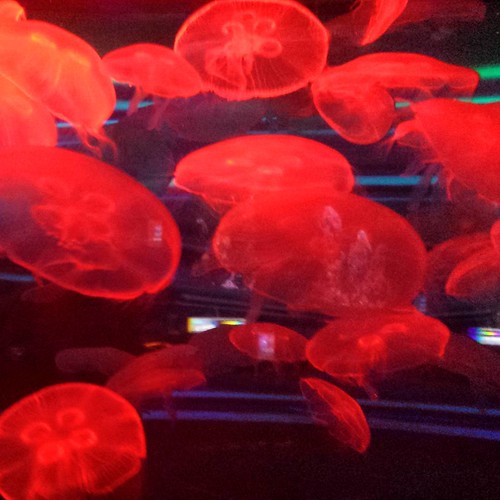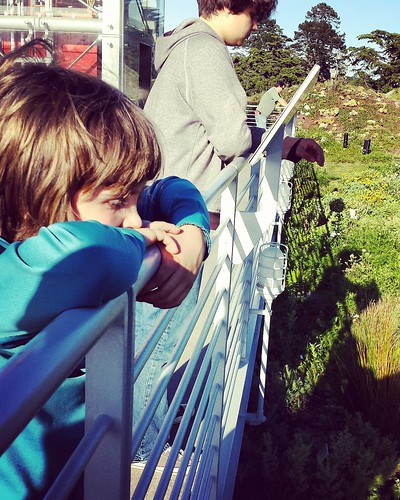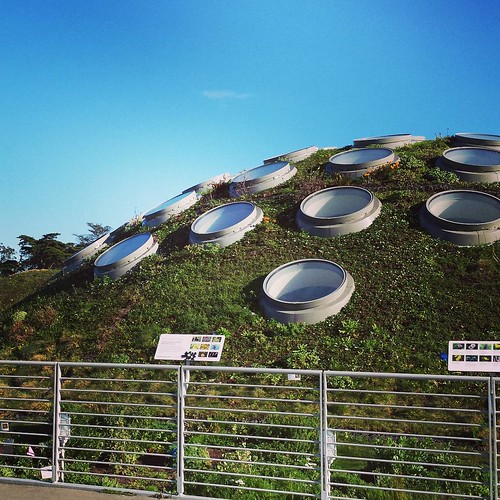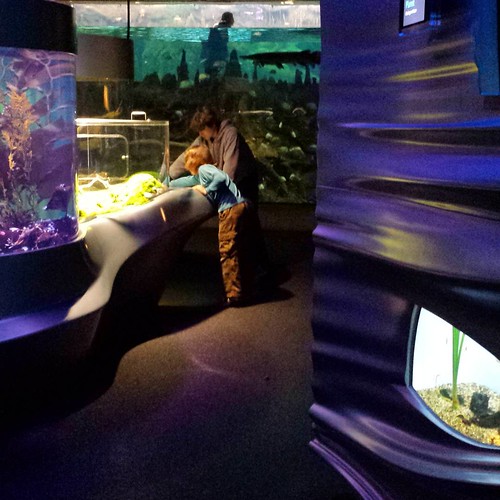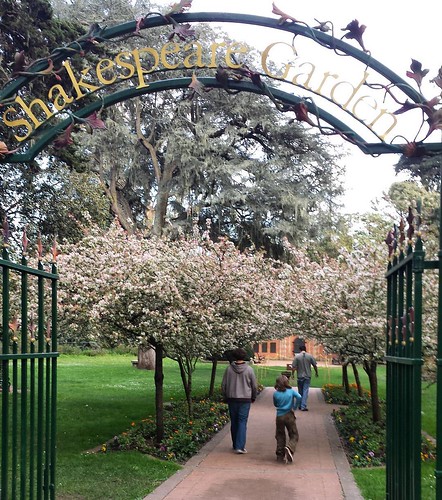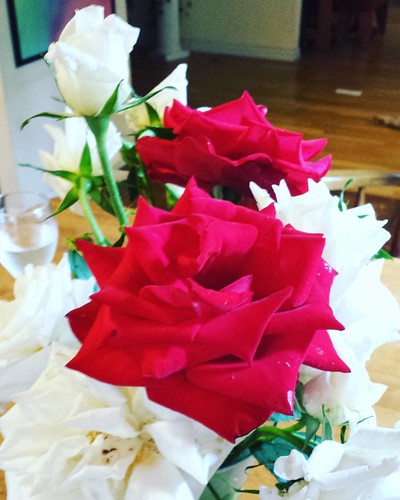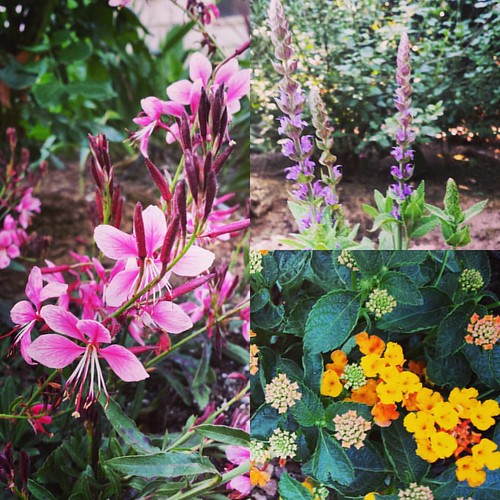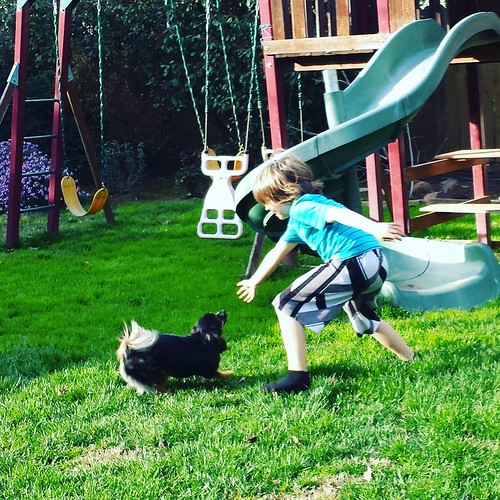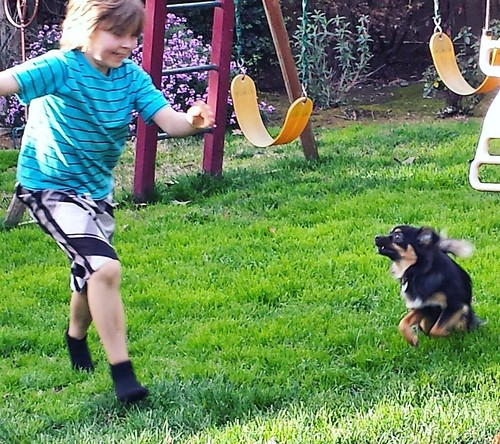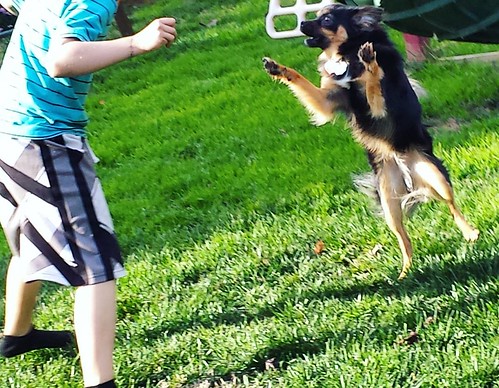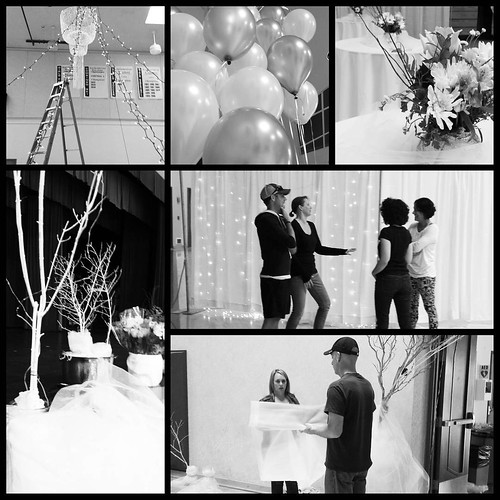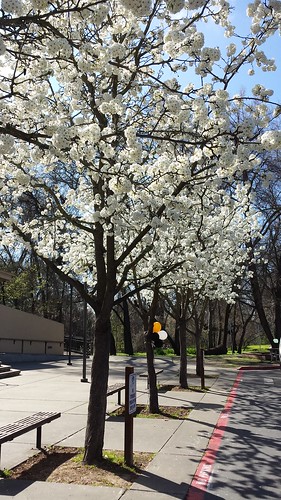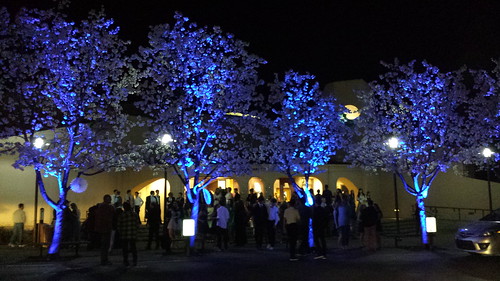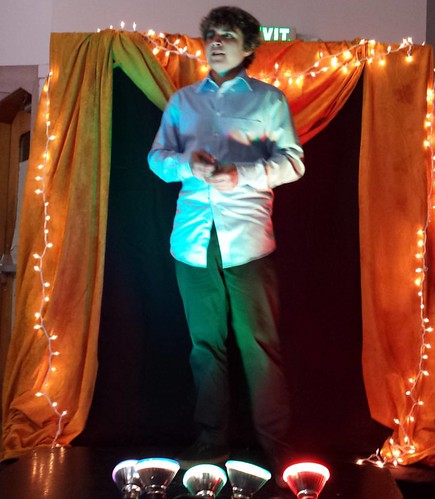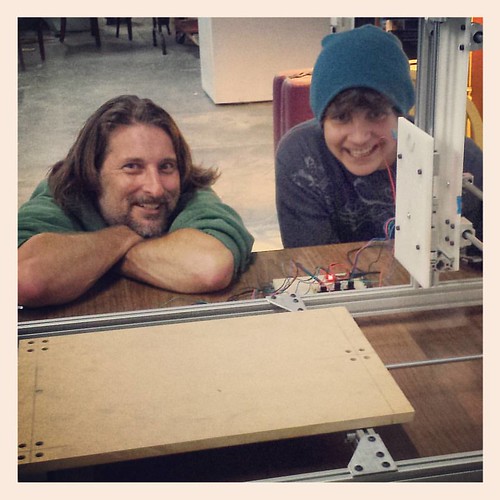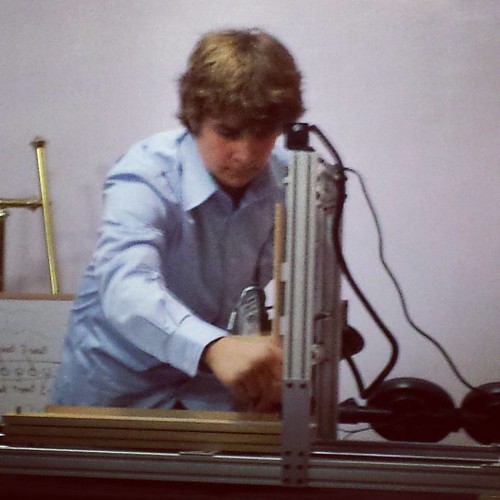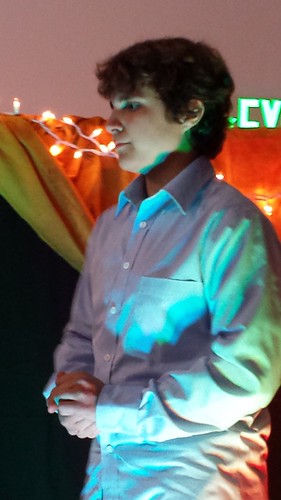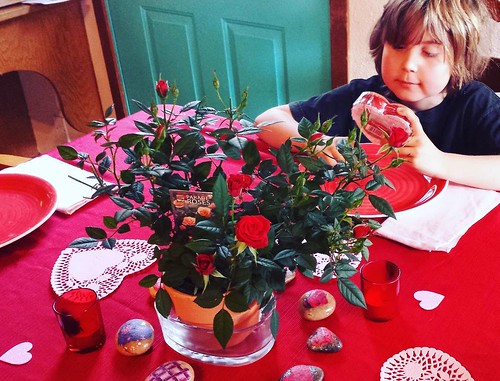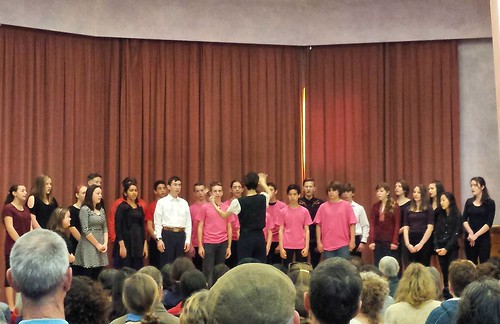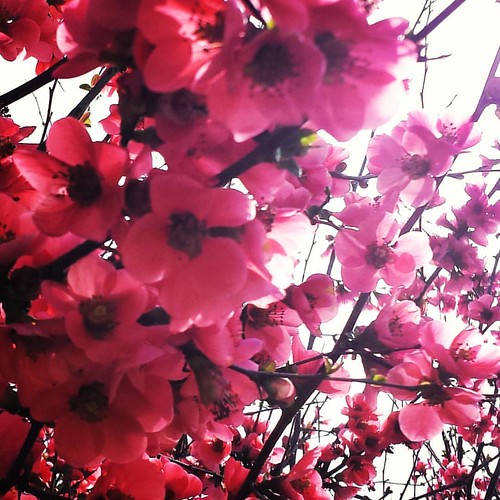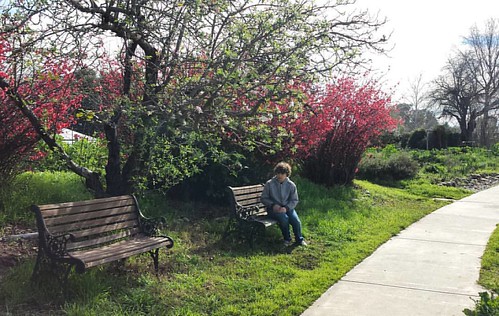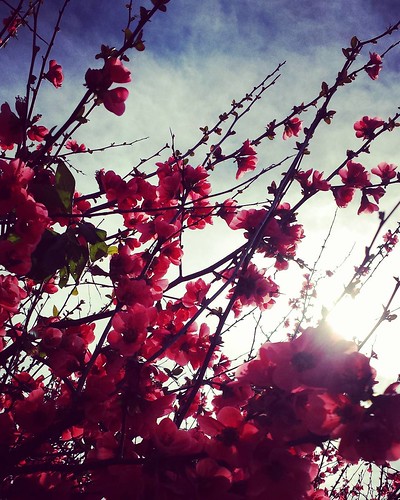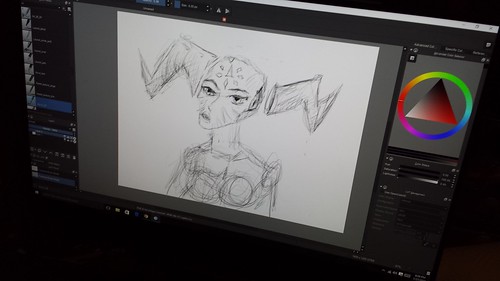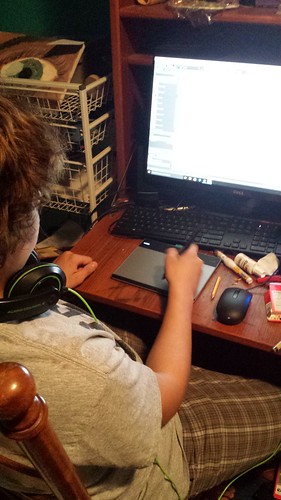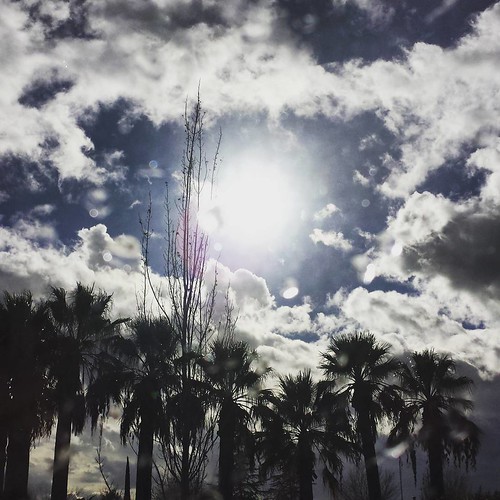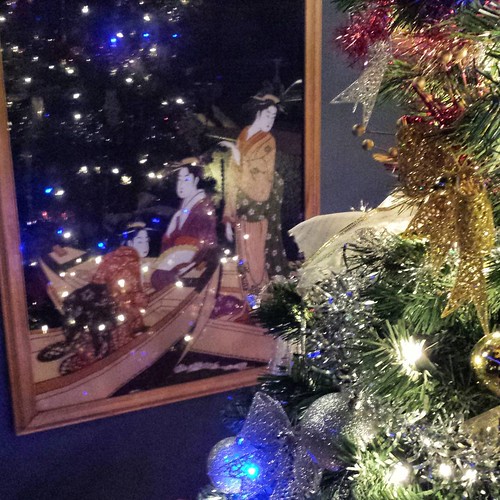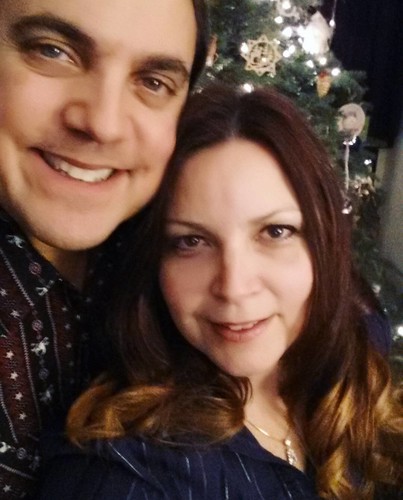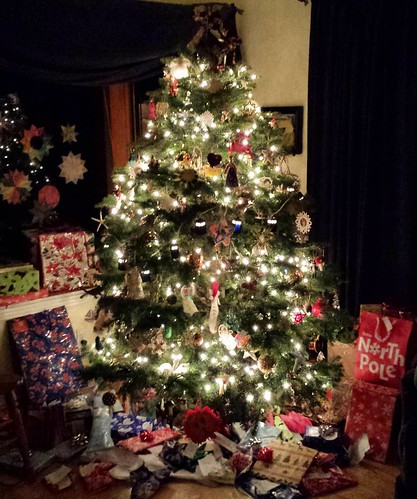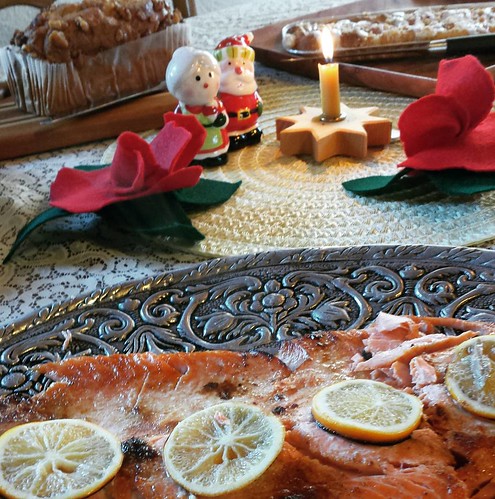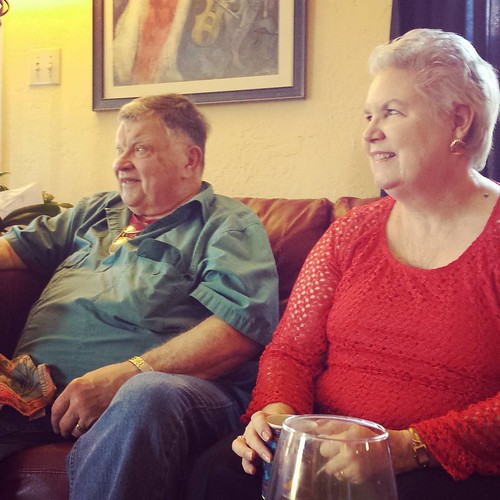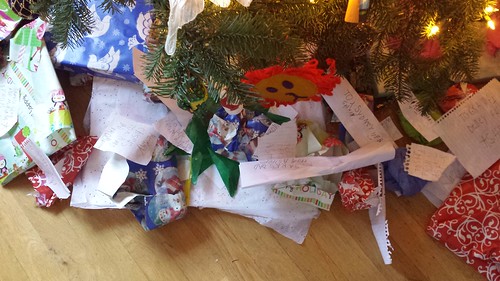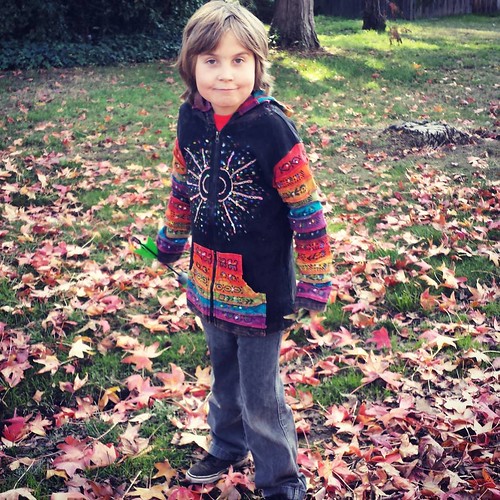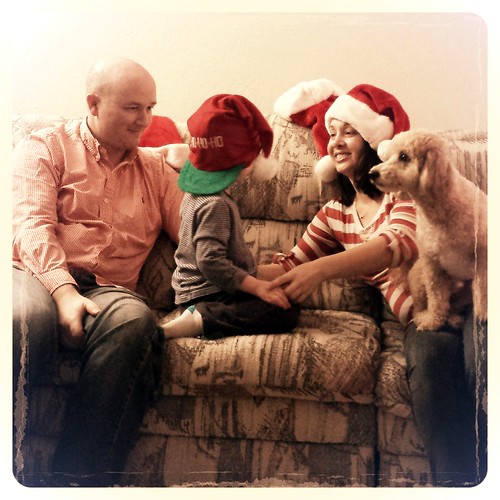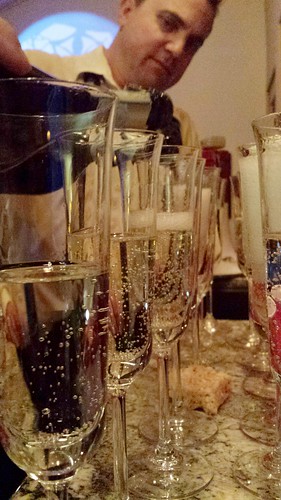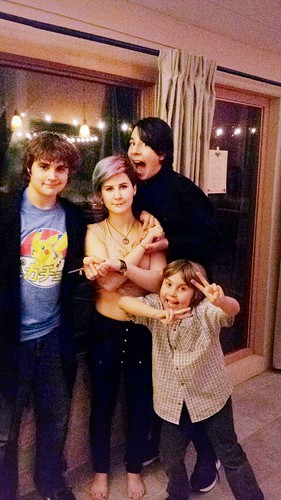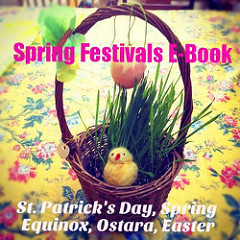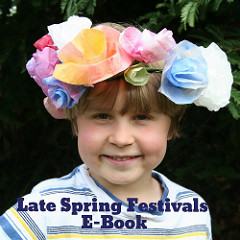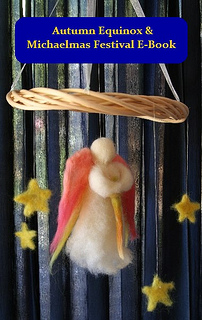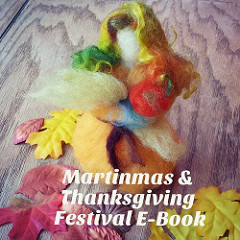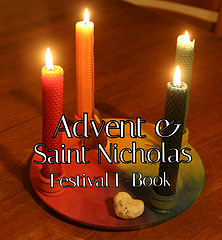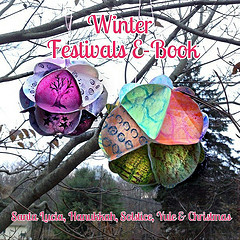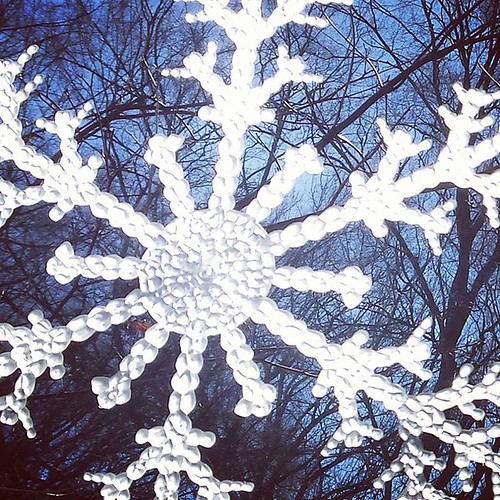
We live in California’s great Central Valley, where arguably, we have a kind of fake winter. We put up symbols of deep winter, and cope pretty easily with inconveniences like fog and brief freezes that kill garden plants.
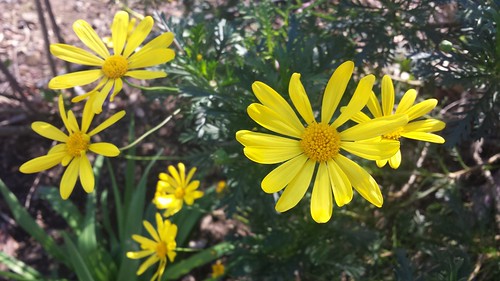
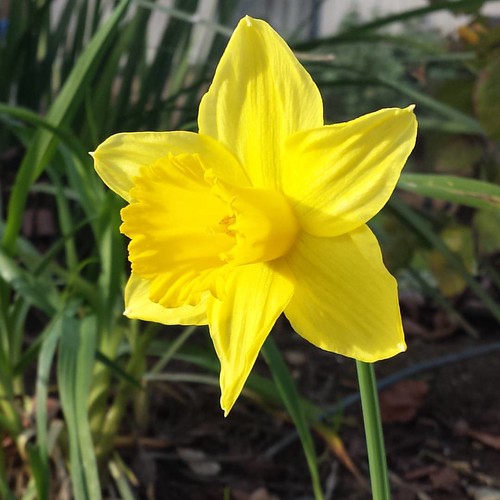
Imbolc, or Candlemas, if you prefer, marks the middle point of winter. Signs of spring are always welcome no matter where you live, don’t you think? The lengthening days bring a bit of relief from gray winter doldrums. Not much of a “proper” winter, truth be told. As evidence, I present this daffodil, which bloomed on January 26.
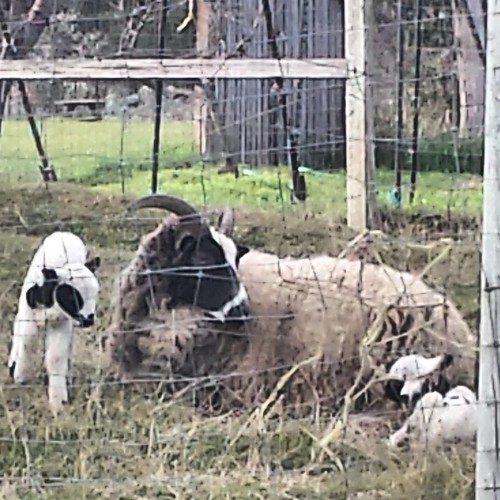
These two lambs were born this morning at our school’s farm. Farmer Steve estimates they arrived without help at around 6:30 this morning. I would have missed them completely, as they were kind of hunkered down and resting, but Farmer Steve pointed them out to us. We couldn’t get very close, so it’s not a great shot. But there they are, small, briefly feeble, and perfect.
“The source of increasing light and heat is Brigid. On Imbolc, she moves across the land, bringing the promise of renewal and the return of joy. The name Imbolc means “in the belly,” and Oimelc means ‘ewe’s milk.’ The fertility of sheep and the abundance of their life-sustaining milk are at the root of this holy day. The dangerous part of winter, when sheep might die, when lambs might freeze, has passed. The tribe has survived.” This is from Tending Brigid’s Flame, by Lunaea Weatherstone.
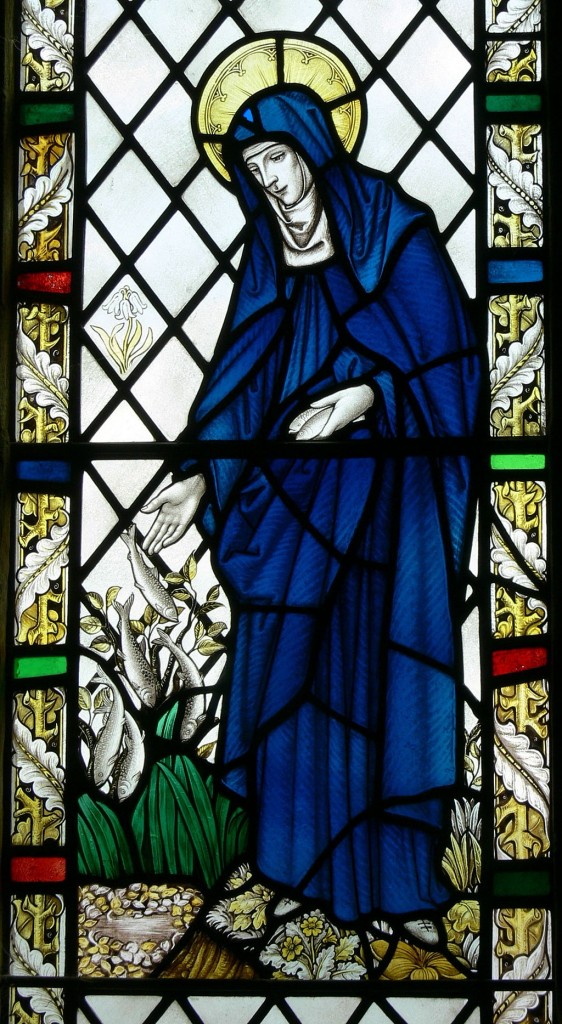
I wrote a bit about Brigid and Imbolc in the past here.
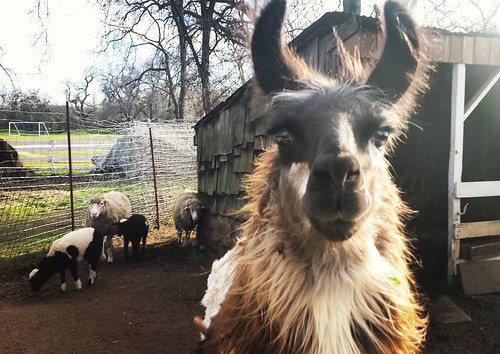
(This handsome fellow is Atticus the llama. He looks after the sheep.)
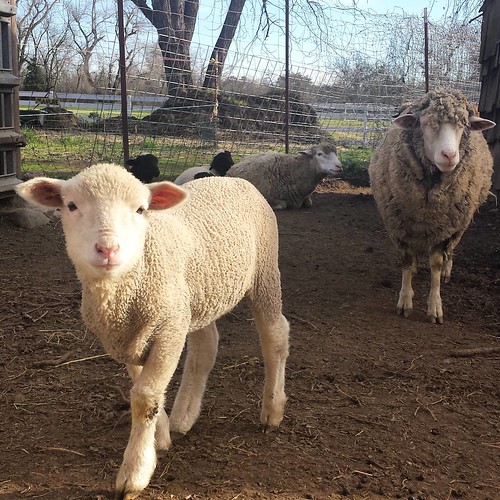
The other three lambs at school were born about a month ago; they’re looking robust and strong. Weatherstone says, “Brigid is the life force embodied. Brigid is the protector of all newborn creatures, and she blesses new mothers with abundant milk and the instinctive knowledge of nurturance.”
“Brigid of the lambs,
Brigid of gentleness,
Brigid of the new milk,
I welcome you in.”
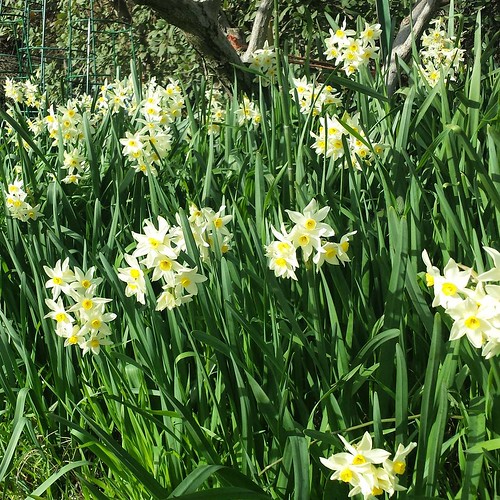
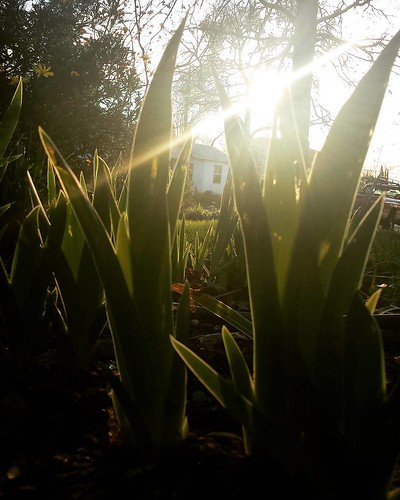
Everywhere there is a quickening, it seems. My plants are beginning to grow again. The sun is shining brighter, stronger, with more vigor than before. Snowdrops and jonquils are coming up, and soon the forsythia and quince will be blooming.
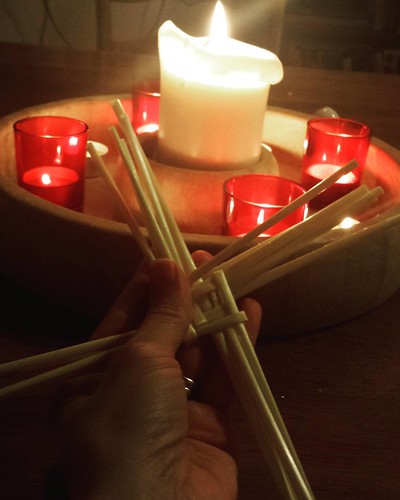
Today I discovered we had the all stuff to make a Brigid’s cross. I’ve wanted to make one for a long time, but never have. After dinner, Lucas sat down and helped me do it, and we talked a bit about Brigid, and why I’m interested in her. It went kind of like this, “So, for me, as a woman, observing and existing in a world that is usually trying to erase or omit the contributions of girls and women, and seeing religions either actively not liking us and saying we’re bad, or thinking so little of us that they ignore us completely, for me, the goddesses like Brigid are interesting, meaningful, and important.” He said something like, “Yeah, I can see why you might feel that way.” And he tied on the thread to make the cross arms.
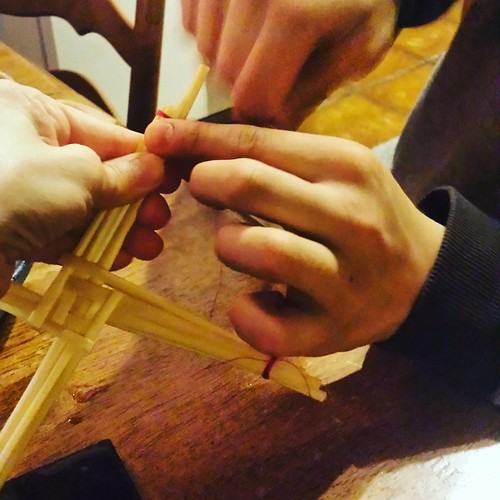
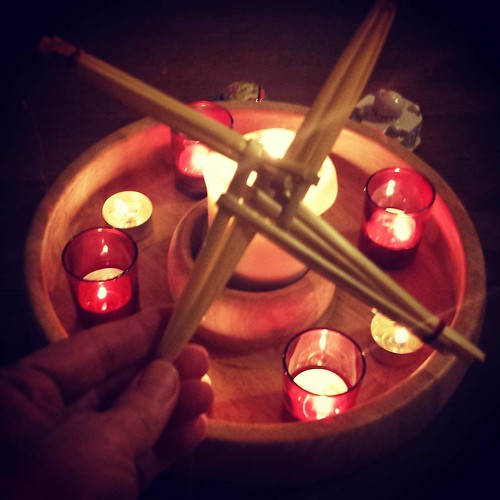
I thought it might also be nice to provide some winter treats for the birds. This seems like a nice activity for Imbolc. But we’re going to have to do it tomorrow. Also, if I am really ambitious tomorrow, I may clean out my fireplace. “This is a Sabbat of purification after the shut-in life of winter, through the renewing power of the sun. It is also a festival of light and fertility, once marked in Europe with huge blazes, torches, and fire in every form. Fire here represents our own illumination and inspiration as much as light and warmth,” according to Cunningham’s Wicca book.
Happy Imbolc to all! May you find inspiration and renewal in the day, and find nourishment for your dreams and your energies for new challenges quickening.
I’ll write more later about Asher’s 9th birthday, which totally consumed our weekend with festivities and delights aplenty.
